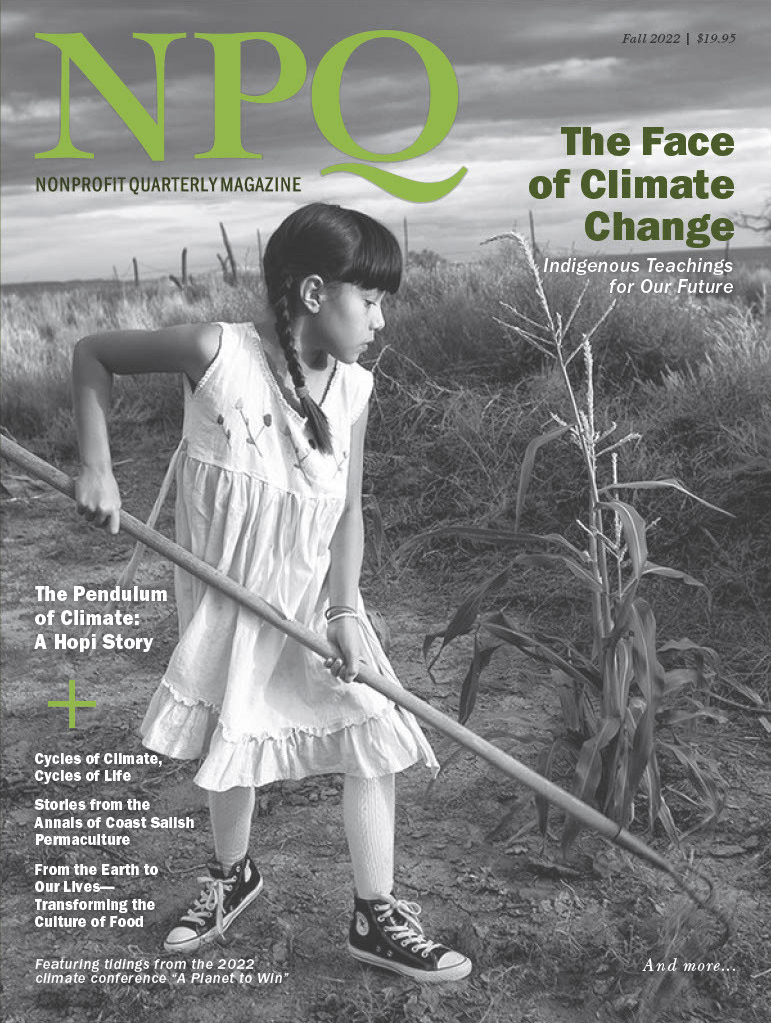
July 20, 2016; Portland Press Herald (Portland, ME)
While state attorneys general may be trying to hold ExxonMobil accountable for its potential part in perpetuating global warming, others are taking a more theoretical approach to combating climate change. A nonprofit in Michigan is cloning California’s giant sequoias in an attempt to refurbish the earth with a natural combatant of greenhouse gases, one 200-foot tree at a time.
According to the team of voluntary arborists heading this project, Archangel Ancient Tree Archive says, “We are creating living libraries of old-growth tree genetics by cloning these old growth trees through traditional and advanced horticultural propagation for the purpose of future research and functional reforestation.” So far, the nonprofit has planted more than 300,000 trees and cloned 170 different types.
Volunteer arborists for the project dangerously scale the trees and pluck young branches, which are then shipped to a lab. Conditions in the lab help to stimulate growth. The team is hoping to return to the West Coast later this year and replant 1,000 sequoia saplings in Oregon to eventually grow into full trees.
Efforts to reforest and increase the earth’s natural supply of trees are not unique. Indeed, other projects have concentrated on planting trees for decades. However, arborists with the nonprofit believe sequoias are different. Their gargantuan sizes and heights, some growing upwards of 300 feet and living to 3,000 years old, may make them more resilient while addressing the effects of climate change. David Milarch, co-founder of the nonprofit, reasons that given their large sizes and their age, they would be ideal for absorbing the greenhouse gases as part of a long-term effort.
Sign up for our free newsletters
Subscribe to NPQ's newsletters to have our top stories delivered directly to your inbox.
By signing up, you agree to our privacy policy and terms of use, and to receive messages from NPQ and our partners.
“It’s really a race against time,” said Milarch. “If we start right now, we can go after climate change and reverse it before it’s too late.”
The project, as well-intentioned as it is, is not without its detractors. The fundamental issue with such a project is a question of whether such a targeted approach would have any practical effect. As Todd Dawson, an integrative biology professor at the University of California, Berkeley, believes, “You’re going to have to plant a lot of trees to combat global warming.”
Its true research has yet to show that specifically replanting these trees would have an impact on climate change, as has been theorized. However, as noted by the Christian Science Monitor, the trees are particularly resilient to drought, at least enabling them to survive whereas other plant life would not in similar conditions. Moreover, unlike other trees, sequoias die most often by toppling over due to their height, instead of environmental causes.
Horticulture consultant Bill Werner, a member of the Archangel Ancient Tree Archive, agreed that it was at least a step in the right direction, “It may be a drop in the bucket, but at least somebody’s doing something.”—Shafaq Hasan













